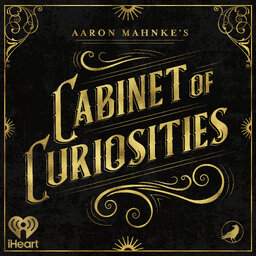The Juggler
It's amazing what you can make out of unusual materials. Whether the end result is a work of art, or a life-long career, those unique ingredients always make for a great story.
Learn more about your ad-choices at https://www.iheartpodcastnetwork.com
 Aaron Mahnke's Cabinet of Curiosities
Aaron Mahnke's Cabinet of Curiosities


